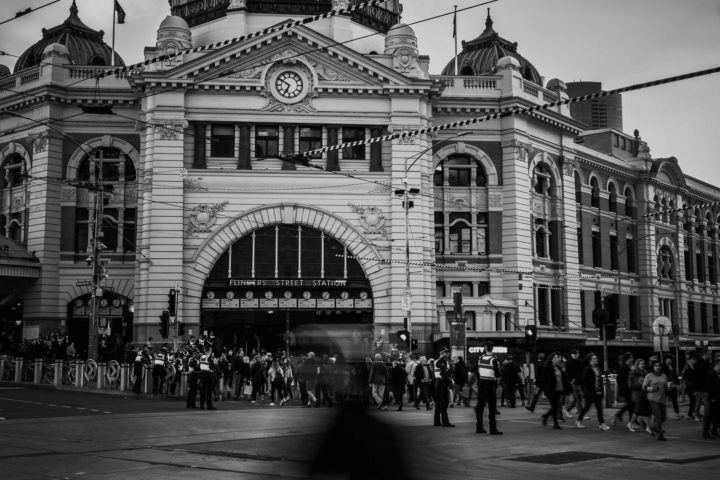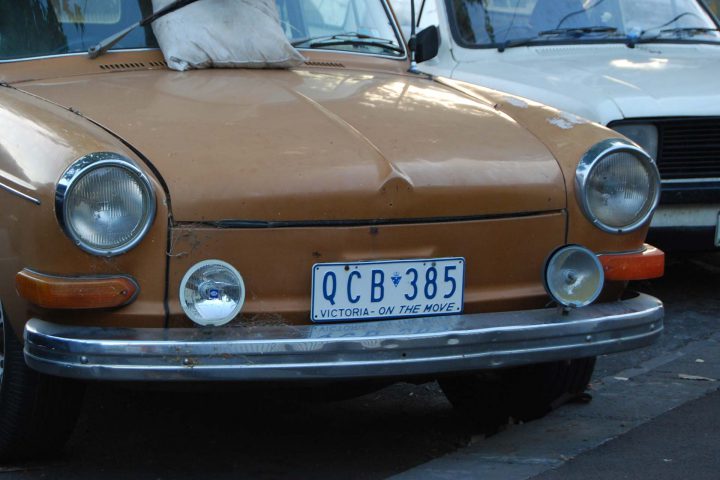As Australia struggles to get to grips with its second wave of COVID-19 cases, it's already clear that the situation unfolding now is very different to the one that played out at the start of the pandemic.
Case numbers, driven almost entirely by the ongoing situation in Victoria, are far higher this time round than before, with no sign of slowing down, despite the stage 3 (and now stage 4) lockdown restrictions in place in Melbourne. Sadly, as you can see from the chart below, each of the daily case number spikes will inevitably be followed by fatalities (you can use the legend on the chart to show and hide the case and fatality numbers):
A Tale of Two Lockdowns
So what has happened differently this time around? While the first wave was largely driven by travellers returning from overseas, the second one is very different. In metropolitan Melbourne there is now widespread community and workplace transmission, following an initial leak out of the hotel quarantine system for returned travellers.
We thought it would be interesting to look at whether the people of Victoria have behaved differently this time around. One way to do that is to explore the mobility data published by the social media giant Facebook.
This data starts in early March, and shows how much people are moving around compared to a baseline period (in February) that predates the social distancing measures and restrictions.
In this chart we've taken that data and compared the first and second lockdown periods by plotting them alongside each other. The two lines represent movement activity at comparable periods during the respective lockdowns.
One of the first things you notice when you start looking at this mobility data is that there's quite a strong pattern around the days of the week: in both lockdowns we can see that mobility is much lower on Saturdays and Sundays than during the week. To account for this, we've started each timeline on the same day of the week.
For lockdown 1, we start on Thursday 19th March. That was the day that Australia closed its borders to non-citizens and residents, as well as began imposing an initial phase of restrictions on indoor and outdoor gatherings.
For lockdown 2, we start on Thursday 2nd July, the day that Victoria reimposed stage 3 restrictions in selected Melbourne postcodes. While the Facebook mobility data doesn't go down to postcode level, these initial restrictions covered areas within the Local Government Areas of Brimbrank, Hume, Moonee Valley and Moreland.
Stage 3 restrictions were extended across the whole of metropolitan Melbourne and Mitchell Shire the following Thursday, 9th July.
One thing you can see fairly obviously in the data for the metro Melbourne areas that weren't subject to the initial stage 3 restrictions, is a clear spike on the lockdown 2 line on the first Wednesday after the start of our timeline. That represents Wednesday 8th July, the final day before restrictions widened to cover those areas. For example, look at the likes of Melbourne, Yarra or Port Philip. Is this an indication of people rushing out to have one last meal in a restaurant, or to see friends and family, before the stage 3 restrictions came into effect?
The other key takeaway from the data is that in just about every region currently under stage 3 restrictions, people in Melbourne are moving about more during the second lockdown that they did in the first, especially during the week. That seems to align with an ongoing health emergency that appears to be largely driven by workplace transmission.
If Victoria is going to get the situation under control, that will need to change.
It's clear that the stage 4 restrictions, announced on Sunday 2nd August are an attempt to achieve that. These new rules, which include a nighttime curfew as well as restricting people in Melbourne from moving more than 5km away from their home, are set to run until at least Sunday 13th September. It will be interesting to see how that plays out in the mobility data, as well as the COVID case numbers.
Use the list of local government areas on the right to explore the data for specific locations:
Credits
Facebook Moblity Data used under Creative Commons Attribution 4.0 International Public License.



